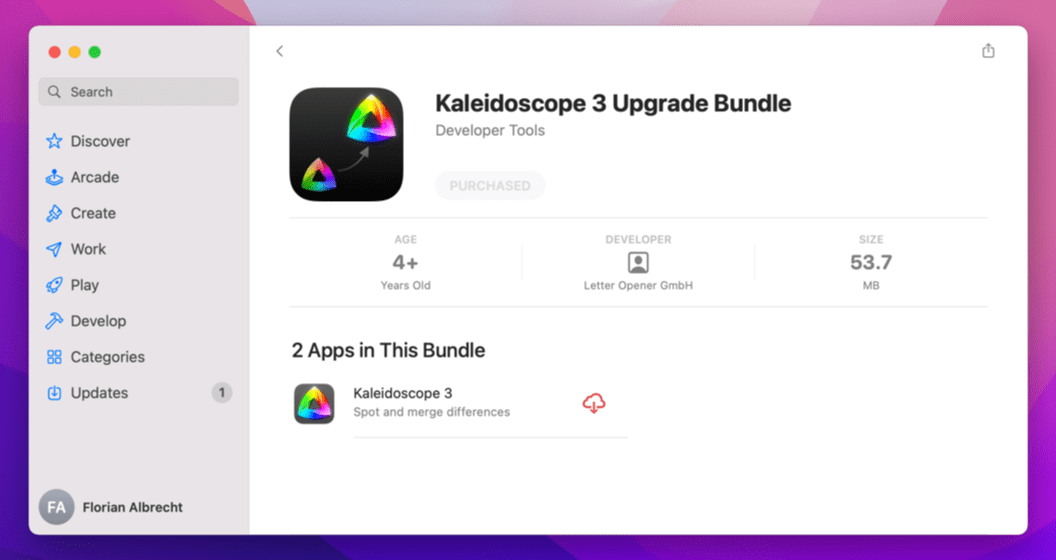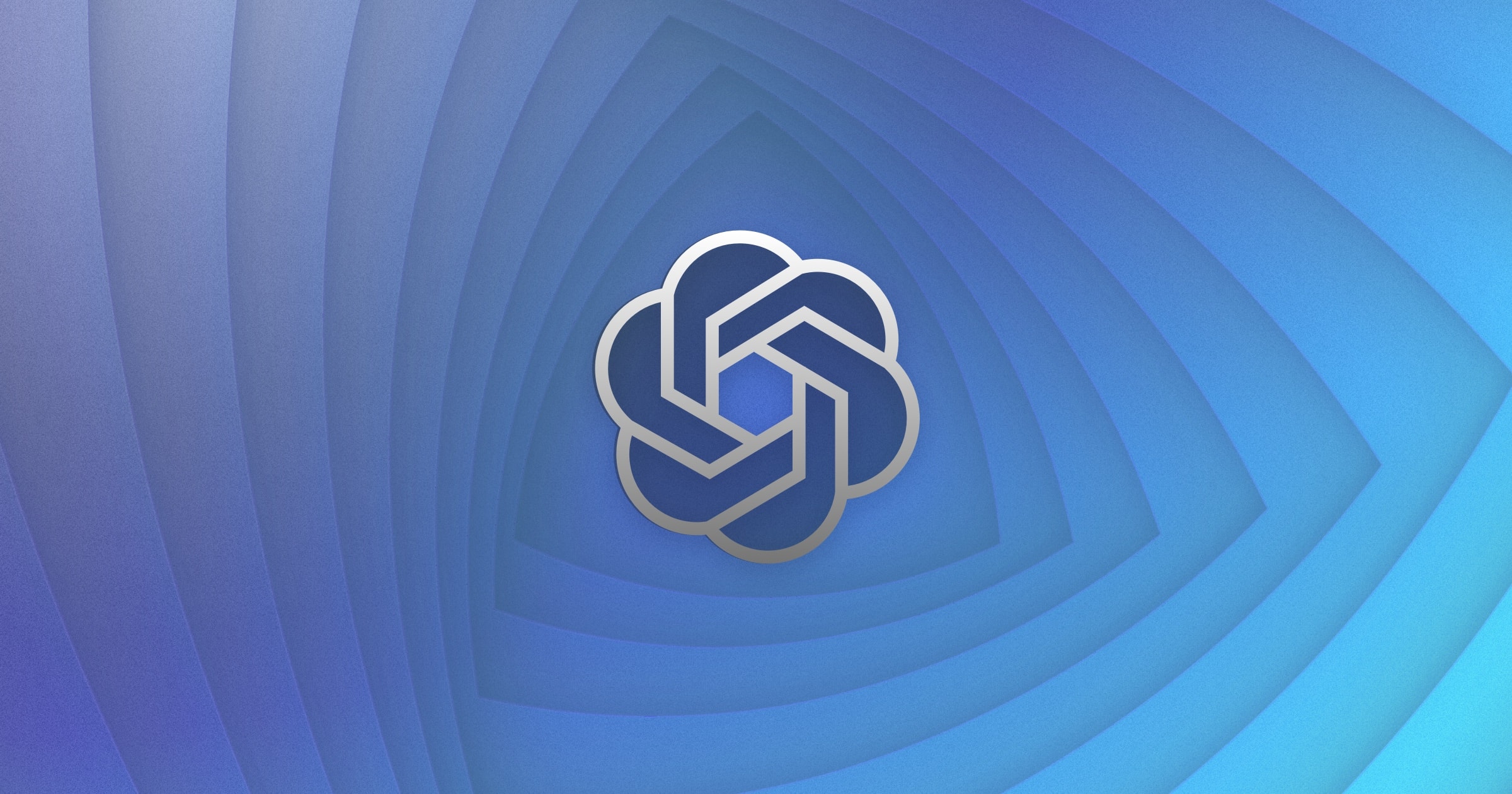Our company has a long history with the Mac App Store. Letter Opener has been available since January 2011, the day the App Store opened. Kaleidoscope was released on the App Store in January 2013, when version 2.0 launched. Many of our customers appreciate the App Store, and as users, so do we. It is a platform that is trustworthy. Installing an app from the App Store won’t ruin your Mac, your payment is secure, and the convenience is welcome.
Developers need revenue in order to improve and maintain a software product, or even keep it alive. In our case, we had just spent a large sum to purchase Kaleidoscope from its previous owners, and the app was not exactly a hot seller when we acquired it up. A paid upgrade was the best choice to fund the renewed development of Kaleidoscope.
With the recent major upgrade to Kaleidoscope 3, the first in 8 years, our goal was to provide a reasonable upgrade option for all of our existing users, including our App Store customers. Of course, the App Store has never had support for upgrades.
The Pitfalls of App Bundles
App Bundles looked like a potential solution. The idea was to bundle Kaleidoscope version 2 and version 3. This would enable users to get version 3 at a bundle price discounted for those who bought version 2. Over the course of implementing and launching the bundle, we learned a few important details, which we wanted to share to help anyone else who are considering App Bundles for this purpose:
- If a user changes the country of their Apple ID, bundle pricing no longer works. We weren’t aware that this was even possible, and now we know it’s even not that uncommon.
- You have very limited pricing choices for the bundle, which makes some sense. The price of the bundle has to be at least as high as the most expensive app in the bundle.
- You can’t set a fixed “upgrade” price. When a user upgrades to a two-app bundle from a single app in the bundle, the net cost to the user is exactly the difference between the bundle list price and what was paid for the original app.
- Because of this, the upgrade “price” is not the same for everyone. It depends on what the user paid the first time. Bought the first app as part of a promotion? Then the bundle could be much more expensive for you.
- All apps in the bundle have to be available for sale. Ideally you would remove the old version from sale, so that users don’t accidentally buy it, But no matter what eye-catching graphics or font styles you use to warn customers not to buy an app, there will be some who don’t pay attention and buy the app. The user will blame the developer who will have to figure out a way to sort it without losing a lot of time and revenue.
Unlisting to the Rescue?
Apple recently announced that you could unlist an app. An unlisted app is still available for purchase, but it’s no longer listed anywhere, so you can’t find it, unless you have a direct link to it.
This solved our problem of not being able to remove Kaleidoscope 2 from sale, to keep the upgrade bundle working. However, now the bundle only displays Kaleidoscope 3, which adds even more confusion to this process.

Even more troubling, we started getting reports that users could no longer find and re-download Kaleidoscope 2, which they had purchased in the App Store. Obviously, it can no longer be found in the storefront, but it should be available from your purchased apps list or from a direct link. On our Macs, this works as expected for Kaleidoscope, but it is not working for everyone.
Thanks to our intrepid users sending in reports, we had a proof of the issue. We reported this major problem to Apple. Via Feedback Assistant (FB9895400), we received one request for more information, which we provided. It’s been more than a month now and we continue to get customer reports from users no longer able to re-download their purchase from the App Store. The App Store has had its share of usability and other issues, but “forgetting” a customer purchase is a fundamental problem, and there is no indication so far that this will be fixed.
The App Store has had its share of usability and other issues, but “forgetting” a customer purchase is a fundamental problem.
What Do We Do Next?
For now, we will keep updating the issue in the Feedback Assistant (FB9895400). We really hope Apple will fix this issue soon. But we can’t leave our users waiting for that to happen. Our only solution for now is to migrate users out of the App Store. Luckily we have that ability.
What about the long run? We can’t help but question if the Mac App Store is a viable solution for distributing our products. We aren’t eager to go to direct-only sales, but we have to do what is best for our customers and best for the continued development of Kaleidoscope.

